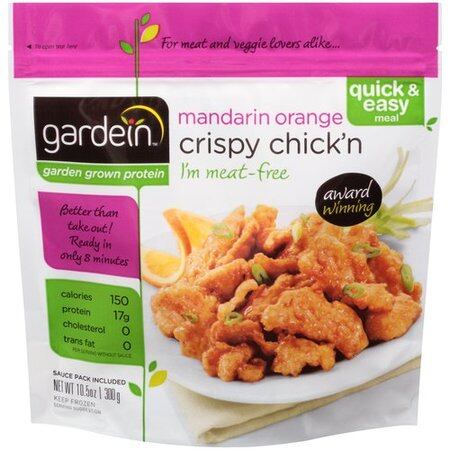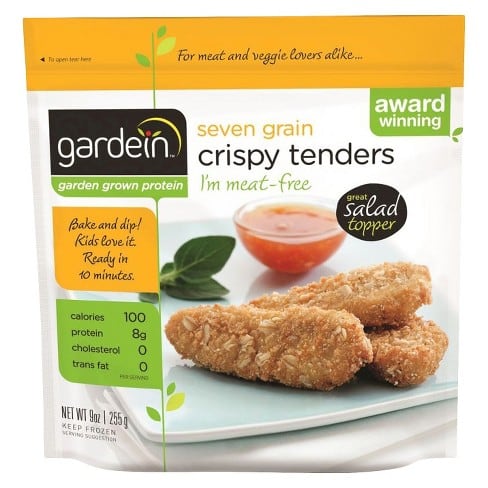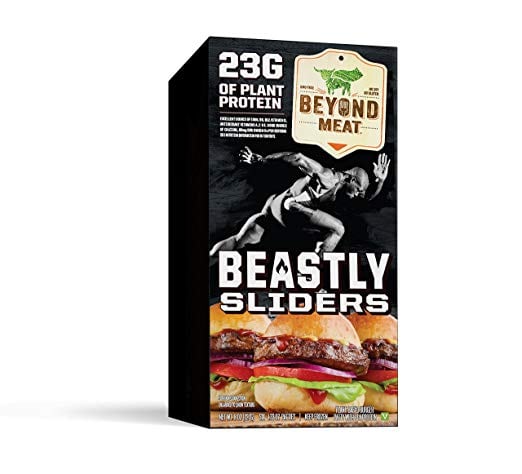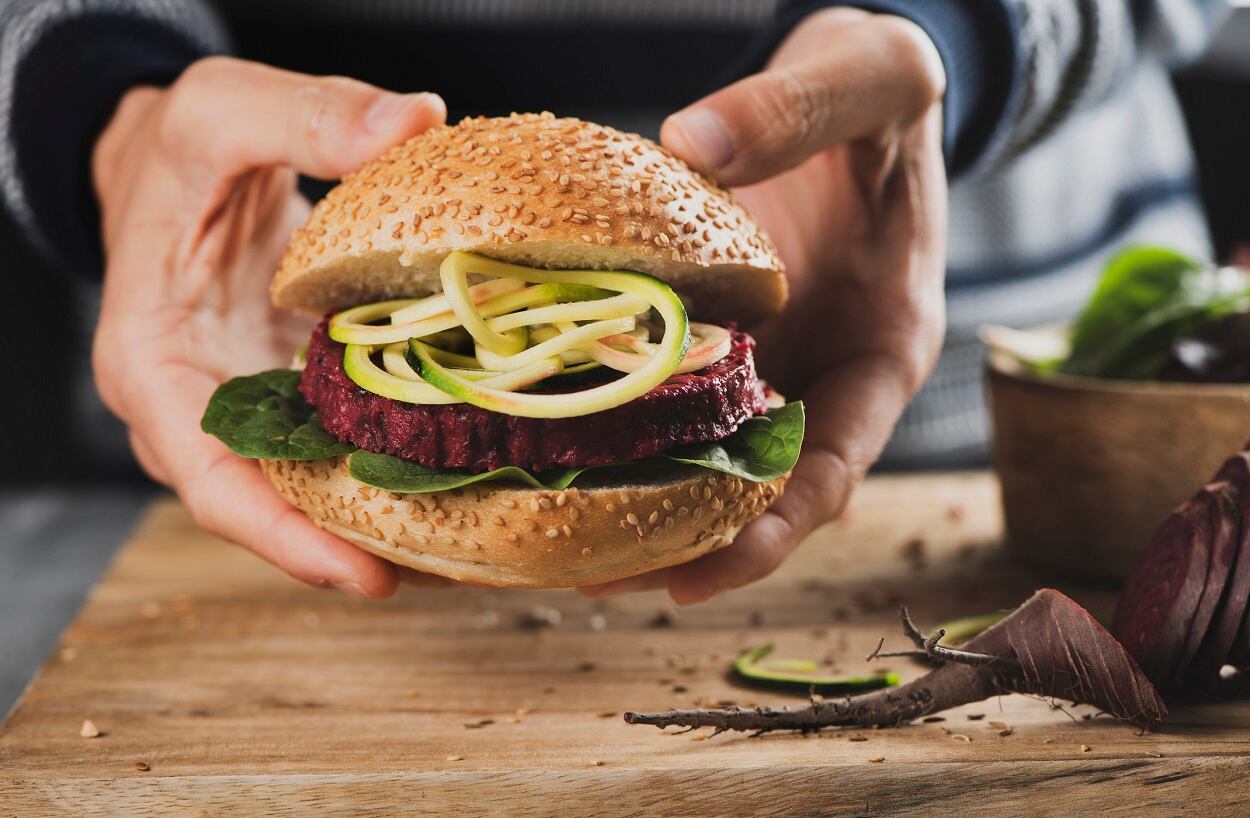The uptake of meat alternatives can be seen across consumer age groups with nearly half of US consumers citing health concerns and attention to weight management as their primary motivation for opting for plant-based meat products, in addition to a general interest in eating less meat.
Nearly six in 10 US consumers are interested in eating less meat, rising to two-thirds of older Millennials (ages 31-40), according to the August 2018 report.
Millennials in general are leading the charge in the meat alternative space. Mintel found that nearly eight in 10 millennial eat meat alternatives compared to just over half of non-millennials*.
But what are consumers looking in a meat alternative?
Taste is essential
According to Mintel, taste is consumers’ top priority in a meat alternative and brands need to communicate this attribute on the package.
“If the products do not convey tastiness on the package, they will not inspire trial. More importantly, if they do not taste good, consumers will not re-purchase them,” Patty Johnson, associate director, purchase intelligence at Mintel, said.
Next to taste in importance, clean label attributes such as no artificial ingredients, non-GMO, and protein content, which are all “must-haves” for consumers, especially millennials, according to Johnson [although the Impossible Burger, which uses a genetically engineered yeast to produce its star ingredient, has been very successful].
Format matters
The meat alternative brands that are seeing the most growth in the category are the ones that make preparation quick and easy, but still leave consumers feeling like they cooked a meal from scratch, according to Johnson.
“Millennials are redefining ‘scratch’ cooking from meals made with unprepared ingredients to component-style assembly of prepared and partially prepared foods,” she said.
“The majority of millennials who consider themselves to be ‘cooking enthusiasts’ prepare a meal at home that requires little to no actual cooking at least once a week.”
Millennials are also more likely to experiment with preparing international cuisines with four in 10 millennials cooking dishes from different cultures at least once a week, compared to one-quarter of all consumers who cook.
“The evolution of cooking and Millennials’ affinity for international fare creates opportunities for alternative protein components that can be easily incorporated into ethnic fare at home,” Johnson said.
Meat alternative brands by purchase intent
With taste and convenient formats being the top drivers of meat alternative purchases, which brands are seeing the highest consumer engagement in terms of purchase intent (the probability that a consumer will buy the product)?
According to Mintel Purchase Intelligence data, Gardein mandarin orange crispy chick’n scored a 47% purchase intent. According to Mintel Purchase Intelligence data, consumers noted the sauce-inclusive packet as a desirable feature for easy prep.

Also scoring a 47% in purchase intent was Gardein seven grain crispy tenders that stood out to consumers because of its “ancient grain-enhanced” attribute.

Beyond Meat Beastly Sliders 2.0 had a 45% purchase intent and scored favorably for being “burger joint favorite without the meat,” according to Mintel.

* Mintel Protein Report: Meat Alternatives, January 2017


